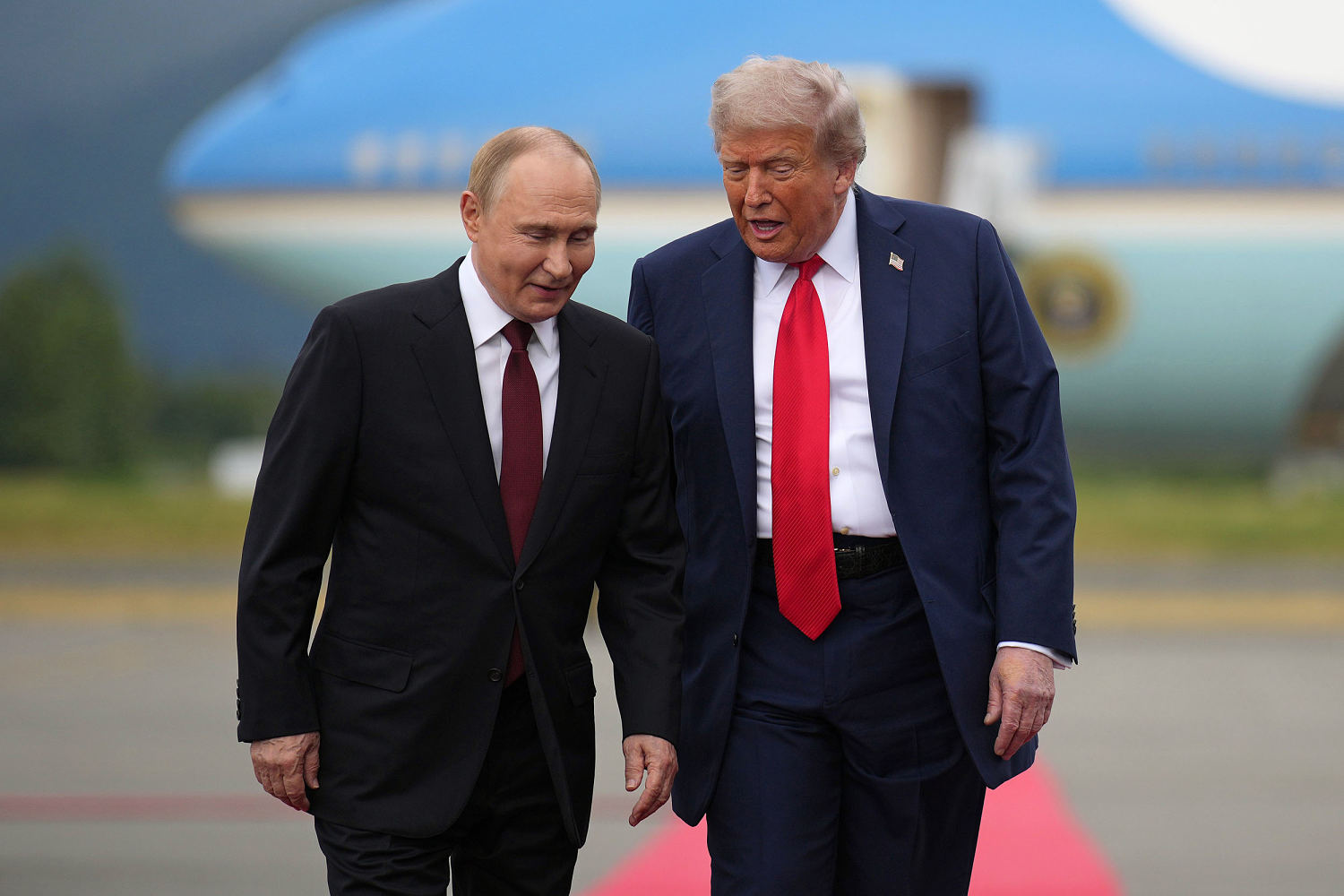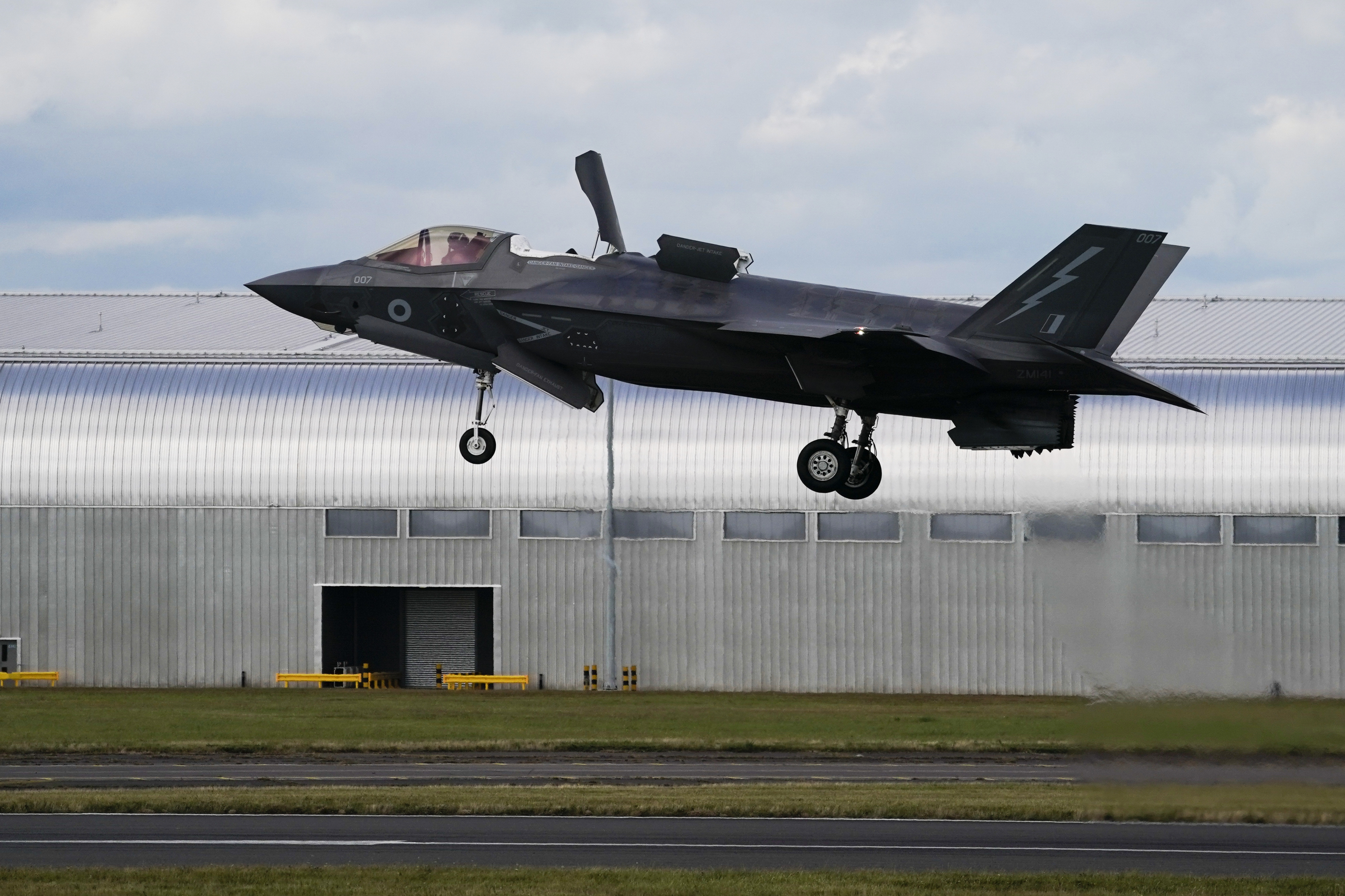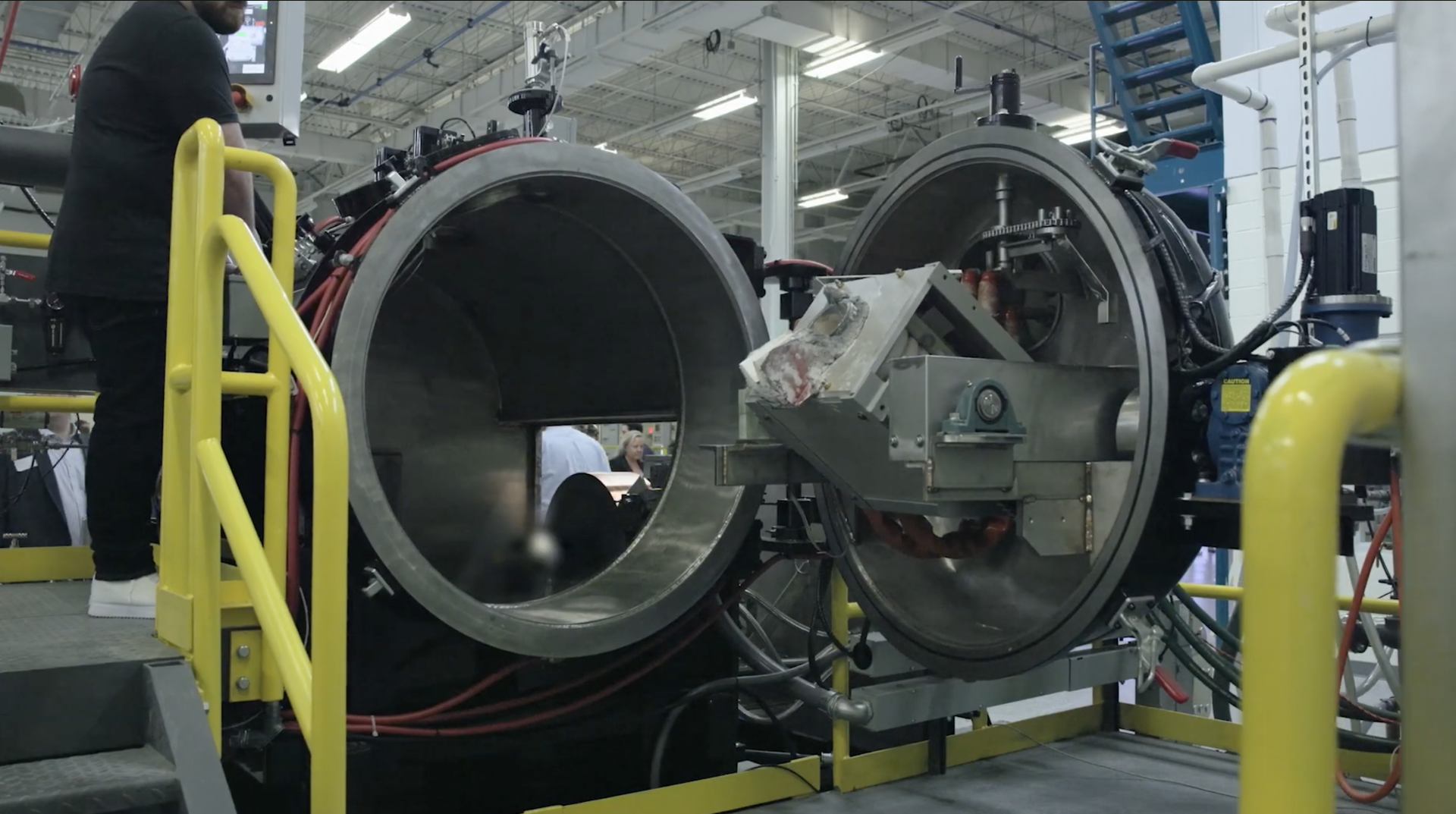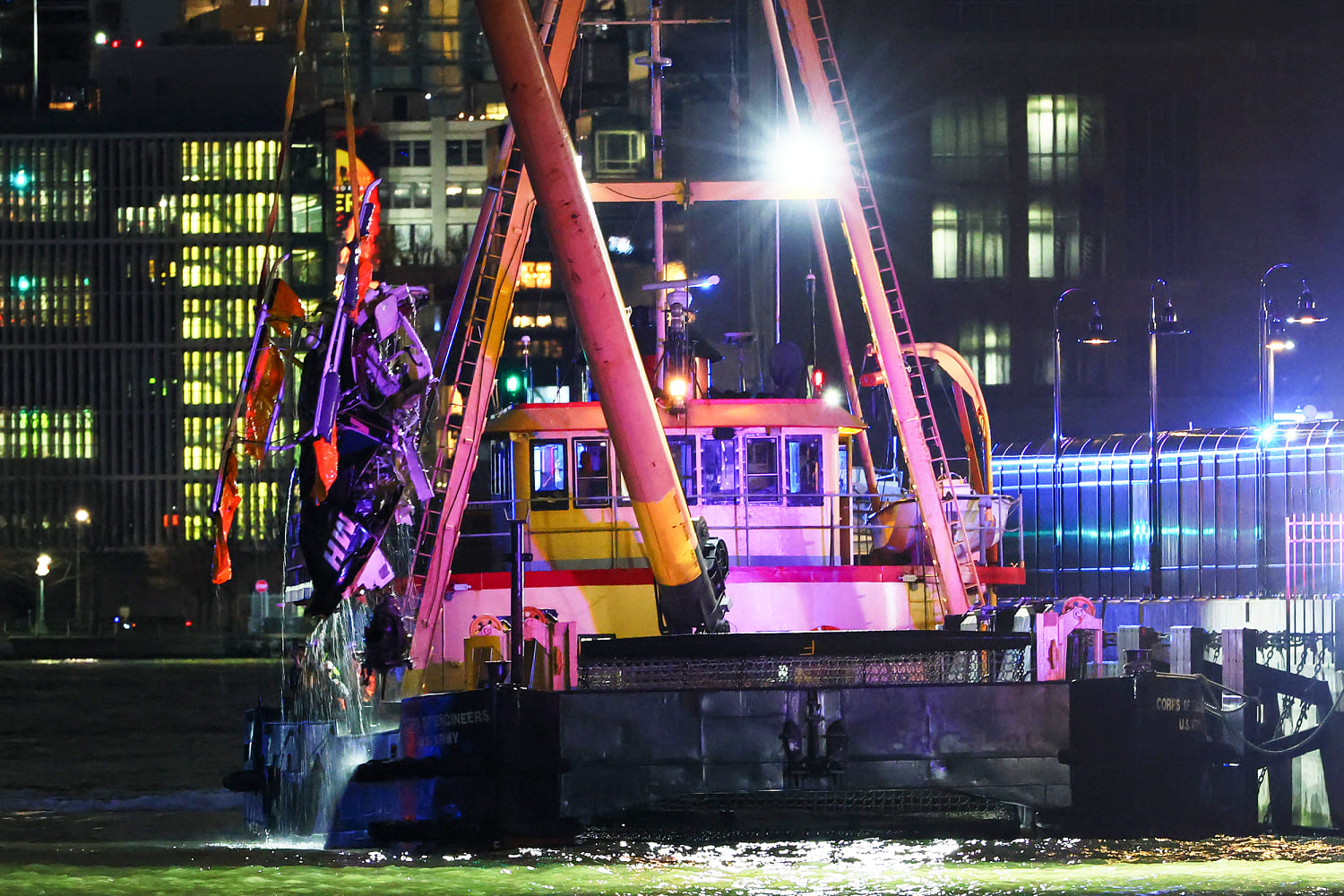No time to waste: NATO chief urges rapid industrial mobilization
NATO countries along with the U.S. will have to move quickly to deliver capability to Europe to deter Russia, the supreme allied commander of Europe said.
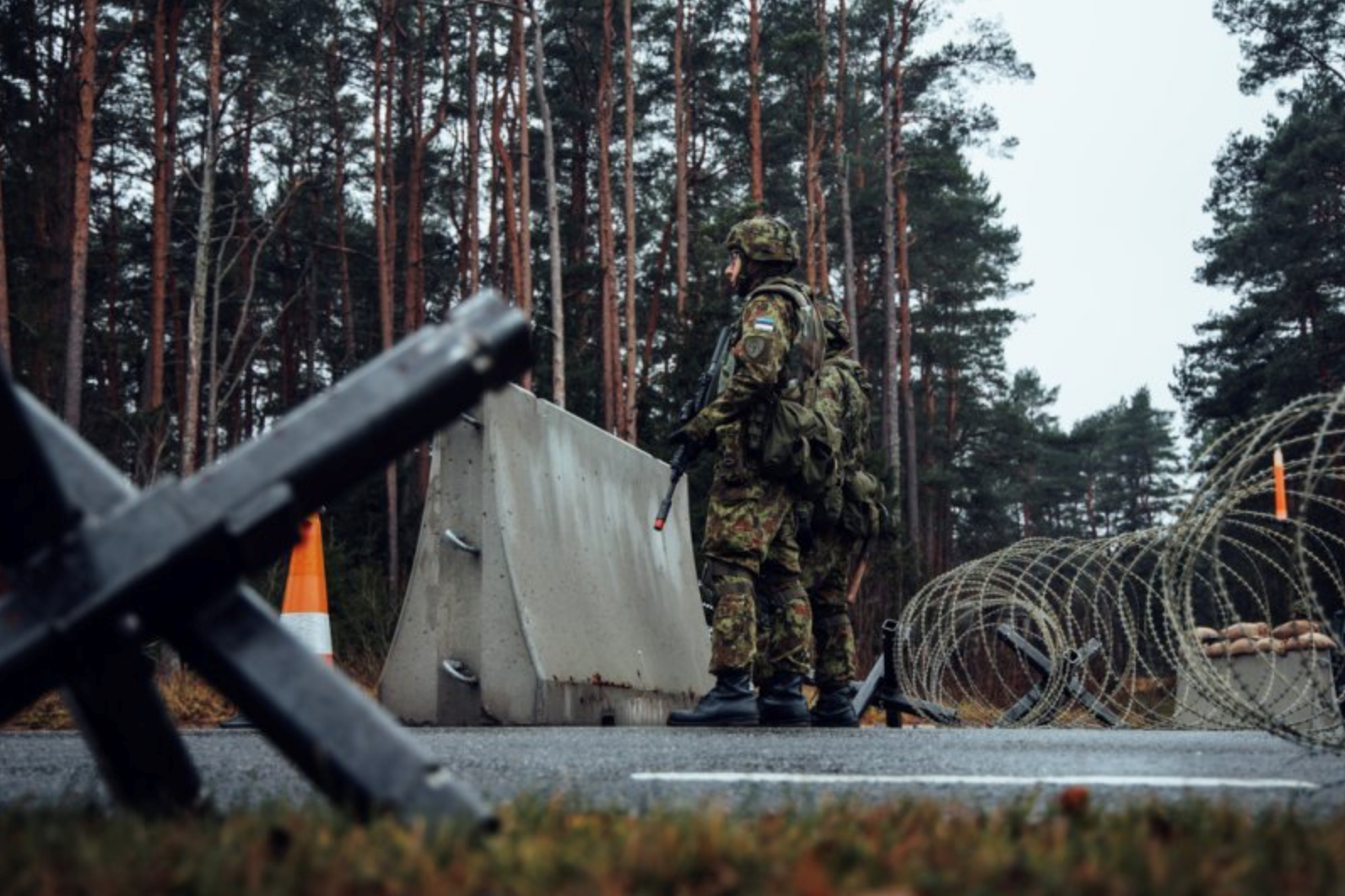
WIESBADEN, Germany − As the U.S. and its allies in Europe pledge to ramp up defense spending amid mounting global threats, the supreme allied commander of Europe is calling on industry to deliver real capabilities to the field in record time.
“We can tell industry exactly what it is that we need for all the leaders that are out there. It’s our job, I think, to hold industry accountable to deliver quickly and to hold ourselves accountable for giving industry the ability to deliver quickly through our acquisition processes,” U.S. Air Force Gen. Alexus Grynkewich said July 17 during his first public speech since taking command at the Association of the U.S. Army’s inaugural LandEuro conference in Wiesbaden, Germany.
“We’ve got to do this fast. We need real capabilities and we need them delivered as soon as possible. We can’t afford to wait, future pledges are no longer enough,” he said. “To do this, the defense industrial base on both sides of the Atlantic is going to have to become fully activated.”
Grynkewich stressed there’s plenty of work to go around, it’s not a matter of investing in one or the other. “It needs to be one seamless industrial base that can deliver capability and capacity for the alliance,” he said.
Moving quicker is easier said than done. Every country will have to contend with their own budget approval process and work through red tape across borders. U.S. Secretary of Defense Pete Hegseth made a pledge earlier this year on a trip to NATO headquarters that the U.S. would conduct major foreign military sales reform.
Even so, the U.S. military and NATO have developed solid regional plans beginning with a clear one focused on the Baltic States that will help guide government and industry in getting capabilities to units there.
The U.S. Army Europe and Africa commander, speaking a day earlier at the conference, said the “Eastern Flank Deterrence Line” plan aims to enhance ground-based capabilities and drive military-industrial interoperability across the alliance.
As part of the plan to counter Russian threats and enable scalable, global deterrence, the Army and its NATO allies are urgently developing standardized, data-driven systems, common launchers and cloud-based coordination.
The plan includes a system to share data. NATO has already procured that system – Palantir’s Maven Smart System – an artificial intelligence platform that takes a vast amount of data and rapidly analyzes information to help military commanders make decisions.
U.S. Army Europe and Africa officials have also adopted Maven at headquarters, using it for mission command and visibility across the theater. The system has completely replaced PowerPoint briefings and offers information to commanders in real-time.
On NATO’s wish list, according to Grynkewich, are capabilities that mirror a Ukrainian brigade. “How do we get our brigades to have the same level of capability where we can match what they’re able to do today?”
Additionally, Grynkewich said he wants to focus on air defense. “There’s never enough air defense. You always want more, but it’s an acute requirement, whether it’s counter-[unmanned aircraft systems] or counter-ballistic missiles,” he said.
And there will also be a continued focus on long-range fires, Grynkewich noted. “We need the capability to hold things at risk.”
Industry now has real incentives in place, Grynkewich said, with the new commitment made by NATO nations at the last summit to spend 5% of their gross domestic product on defense by 2035.
“I would ask industry folks who are here and elsewhere to realize that sustained commitment should be a powerful signal to do the things you need to do, to expand production lines, to increase [research and development] spending, etc., so that we can get where we need to go,” he said.
Leadership is now moving to deliver new and emerging technology to the battlefield along with legacy technology that is still relevant and will work to make things interoperable.
“I challenge each of the chiefs of defense, land forces commanders and every leader in here to hold themselves to account for that. There’s no time to waste,” Grynkewich said.
What's Your Reaction?







